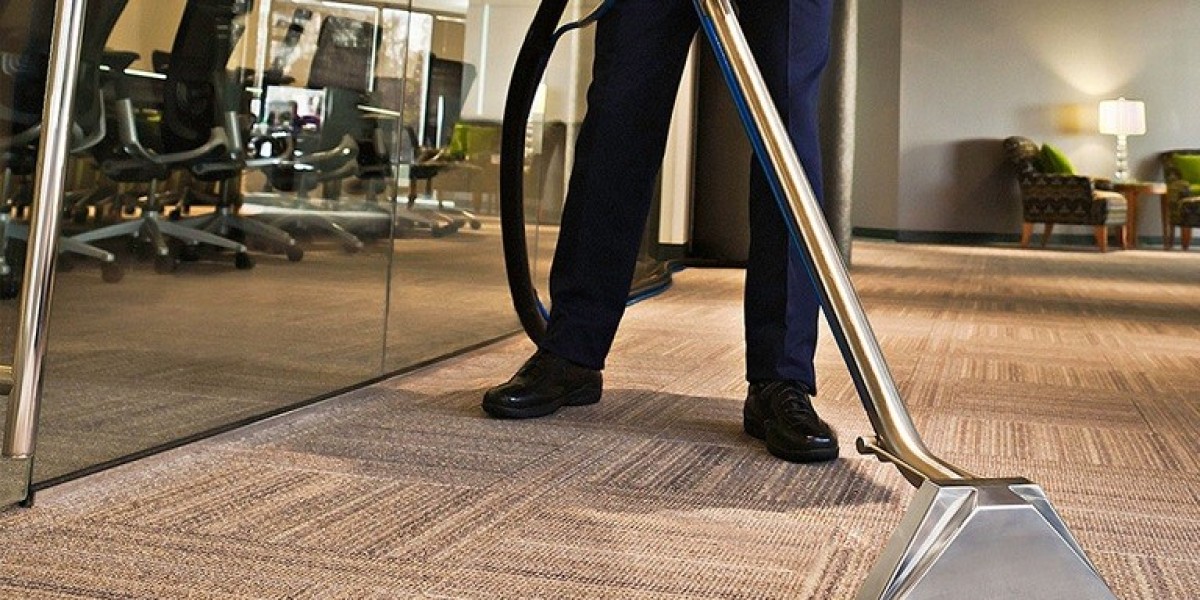Carpets are not just decorative elements in our homes; they play a crucial role in our comfort, aesthetics, and even health. However, carpets also accumulate dirt, allergens, and stains over time, necessitating regular cleaning to maintain their appearance and longevity. In this article, we will explore the various techniques of carpet cleaning, the benefits of keeping carpets clean, and best practices to ensure optimal results.
Understanding the Importance of Carpet Cleaning
Carpets are often seen as a significant investment in any home or office. They enhance the ambiance and contribute to the overall comfort of a space. However, with daily use, carpets can become a breeding ground for dust mites, allergens, and bacteria. Regular carpet cleaning is essential not only for aesthetic reasons but also for health benefits. Clean carpets can improve indoor air quality, reduce allergy symptoms, and create a more pleasant environment.

Types of Carpet Cleaning Techniques
There are several methods of carpet cleaning, each with its own advantages and suitable applications. The most common techniques include:
- Steam Cleaning (Hot Water Extraction): This method involves using a machine that injects hot water and cleaning solution into the carpet fibers, followed by suctioning the water back out along with dirt and debris. Steam cleaning is highly effective for deep cleaning and is often recommended by manufacturers for maintaining carpet warranties.
- Dry Cleaning: This technique uses a minimal amount of moisture, relying on absorbent compounds and solvents to lift dirt from the carpet. Dry cleaning is advantageous for carpets that cannot withstand excessive water, and it allows for quicker drying times.
- Shampooing: Carpet shampooing involves applying a foamy cleaning solution to the carpet, which is then agitated with a machine to loosen dirt. Afterward, the carpet is rinsed or vacuumed to remove the shampoo and dirt. While effective, this method can leave residues if not rinsed properly.
- Bonnet Cleaning: This method is often used in commercial settings. It involves using a rotary machine with a cleaning pad soaked in a cleaning solution. The pad absorbs dirt from the carpet surface. Bonnet cleaning is quick and effective for surface cleaning but may not provide deep cleaning.
- Encapsulation: Encapsulation cleaning uses synthetic detergents that crystallize dirt into a powder when they dry. This powder can then be vacuumed away. This method is efficient and quick, making it popular for commercial applications.
Benefits of Regular Carpet Cleaning
- Improved Indoor Air Quality: Regular carpet cleaning can significantly reduce allergens and pollutants trapped in the carpet fibers, leading to healthier indoor air quality.
- Extended Carpet Life: Regular maintenance can prolong the life of carpets by preventing the buildup of dirt and grime that can wear down fibers over time.
- Enhanced Appearance: Clean carpets look more vibrant and appealing, enhancing the overall aesthetic of a room.
- Odor Removal: Carpets can absorb odors from pets, spills, and cooking. Regular cleaning helps eliminate these odors, leaving a fresher environment.
- Stain Prevention: Immediate cleaning of stains prevents them from setting in, making it easier to maintain a clean carpet.
Best Practices for Carpet Cleaning
To achieve the best results in carpet cleaning, consider the following best practices:
- Regular Vacuuming: Vacuum carpets at least once a week to remove surface dirt and prevent it from settling into the fibers. High-traffic areas may require more frequent vacuuming.
- Spot Cleaning: Address spills and stains immediately using appropriate cleaning solutions. Blot the area with a clean cloth rather than rubbing, which can damage fibers.
- Professional Cleaning: Schedule professional carpet cleaning at least once a year. Professionals have access to specialized equipment and cleaning solutions that can achieve deeper cleaning results.
- Use of Carpet Protectors: Applying a carpet protector can help repel stains and dirt, making it easier to clean and maintain carpets.
- Follow Manufacturer Guidelines: Always adhere to the carpet manufacturer's cleaning recommendations to avoid voiding warranties and damaging the carpet.
Choosing the Right Carpet Cleaning Service
When selecting a carpet cleaning service, consider the following factors:
- Reputation and Reviews: Research local companies and read customer reviews to gauge their reliability and effectiveness.
- Experience and Certifications: Choose a service with experienced technicians who are certified by organizations such as the Institute of Inspection, Cleaning and Restoration Certification (IICRC).
- Cleaning Methods Used: Inquire about the cleaning methods they employ and ensure they use safe, effective products.
- Estimates and Pricing: Get estimates from multiple companies and compare prices, but be wary of prices that seem too good to be true.
- Satisfaction Guarantee: Look for companies that offer a satisfaction guarantee, ensuring that they will address any issues that arise after cleaning.
Conclusion
Carpet cleaning is both a science and an art, requiring knowledge of various techniques and an understanding of the materials involved. Regular cleaning not only enhances the aesthetic appeal of carpets but also contributes to a healthier living environment. By employing the right techniques and following best practices, homeowners can ensure that their carpets remain in excellent condition for years to come. Whether opting for DIY methods or hiring professionals, the importance of carpet cleaning cannot be overstated. Investing in the care of carpets is ultimately an investment in the overall quality of life within our homes and workplaces.








